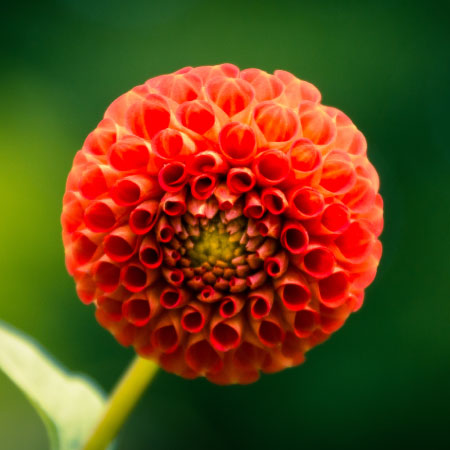Ultimate Guide To Fertilizing Hydrangeas – For Incredible Blooms Every Year
Fertilizing hydrangeas doesn't have to be hard. Our garden experts demystify the topic and teach you everything you need to know about feeding your fave shrubs.
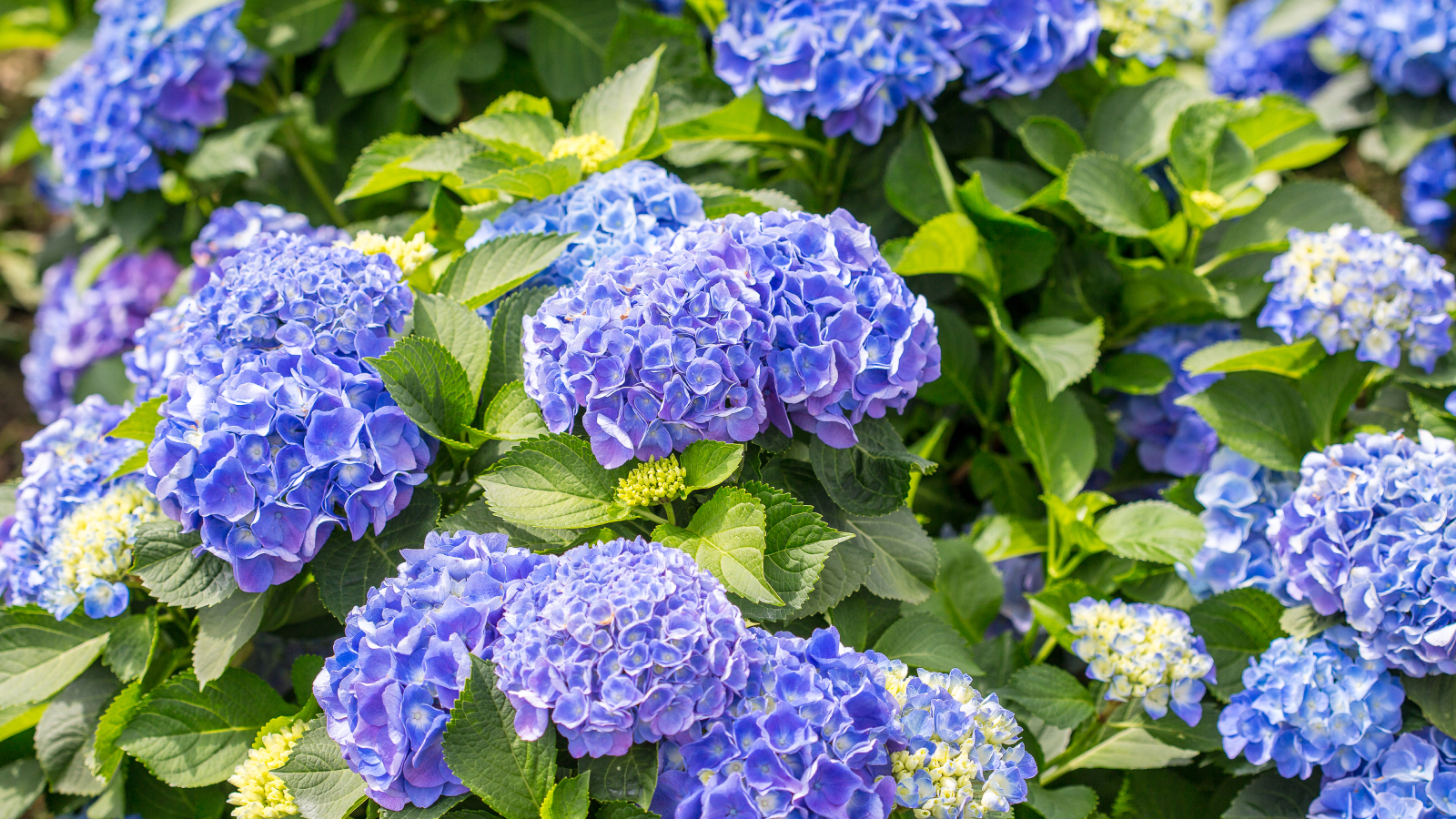
Laura Walters
Fertilizing hydrangeas the right way is a common concern among gardeners. Figuring out what kind of fertilizer hydrangeas need and how often you need to apply it to keep shrubs full of flowers can send new gardeners spiraling, but it doesn't need to.
Caring for hydrangeas is easy and learning how to feed them the right way is simple once you learn a few basic rules. Let’s take a look at how and when to fertilize hydrangeas for healthy plants and big blooms. Plus, we'll discuss how to pick the best fertilizer for these beloved shrubs.
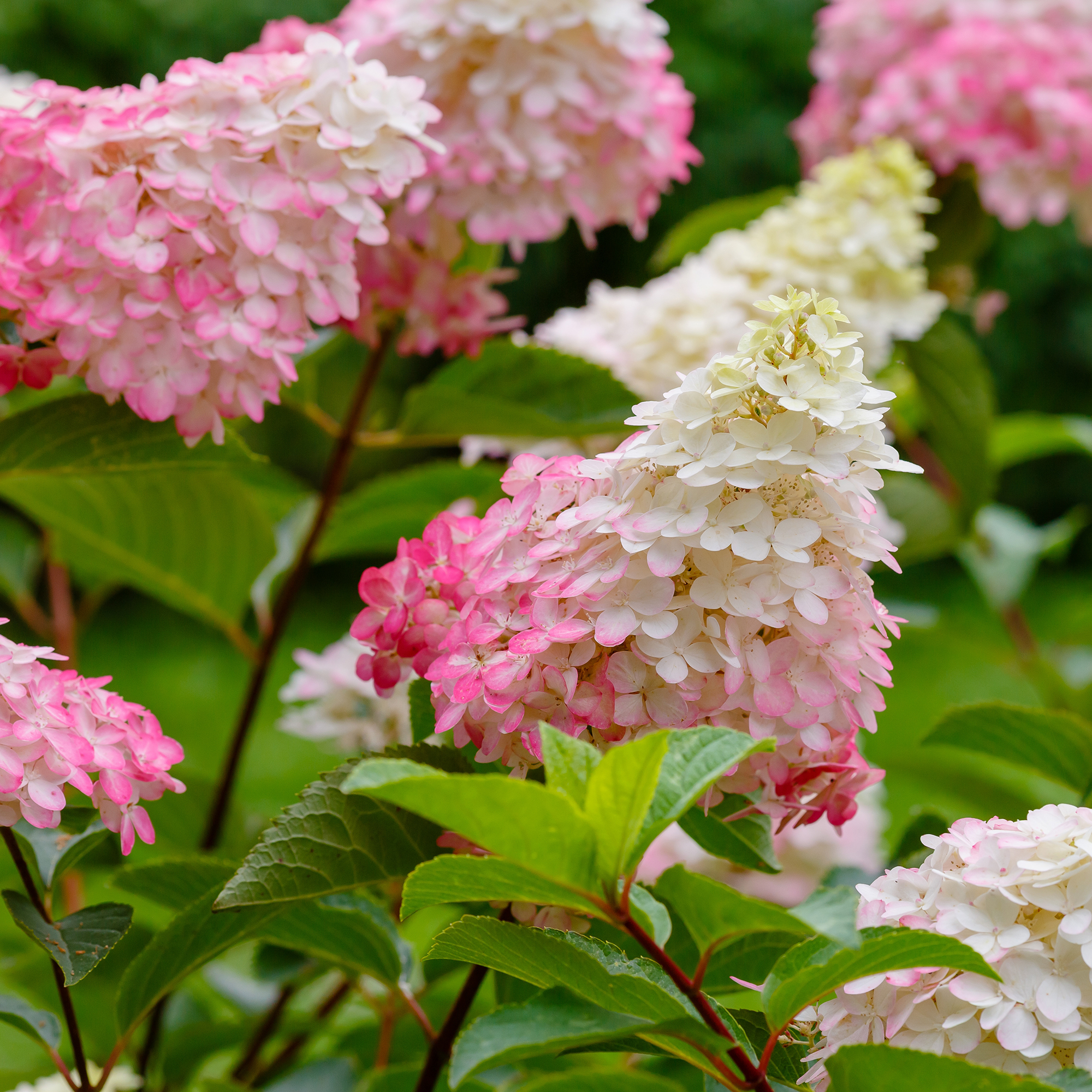
Explore expert-approved hydrangeas that are sure to make your garden shine! Fill your landscape with sweet summer blooms that come back year after year.
Is Fertilizing Hydrangeas Necessary?
While hydrangeas are not the heaviest feeders in the garden, fertilizing them is an important part of proper hydrangea care. The right fertilizing strategy helps these classic garden plants produce healthy, green foliage and lots of blooms.
If you don’t fertilize your hydrangeas enough, or at all, they will still grow but may develop issues. A common issue from a lack of fertilizer is nutrient deficiency. Plants need nutrients to grow lush foliage and flowers. But if one or more nutrients is lacking in the soil, then plants can start to weaken and look unwell.
Yellow leaves often indicate a nitrogen deficiency, although yellowing between the veins on younger leaves may signal an iron deficiency, also known as iron chlorosis. A good hydrangea fertilizer can solve both of these problems.
Do All Hydrangeas Need the Same Fertilizer?
Fertilizers contain the three macronutrients plants need: nitrogen, phosphorus, and potassium. You’ll see a ratio of fertilizer numbers listed on products as N-P-K, with variations for different plants and needs.
Specially formulated hydrangea fertilizer is available, but isn't really necessary. For hydrangeas, any balanced garden fertilizer with a 10-10-10 ratio will do. Fertilizers with a 12-4-8 ratio will also work, or even rose bush fertilizer.
Gardening tips, videos, info and more delivered right to your inbox!
Sign up for the Gardening Know How newsletter today and receive a free copy of our e-book "How to Grow Delicious Tomatoes".
You can also choose from slow-release and regular fertilizers. Slow-release is typically more expensive, but you won’t need to apply it as often. Fast-release, or regular fertilizer, is available as either a liquid or granules.
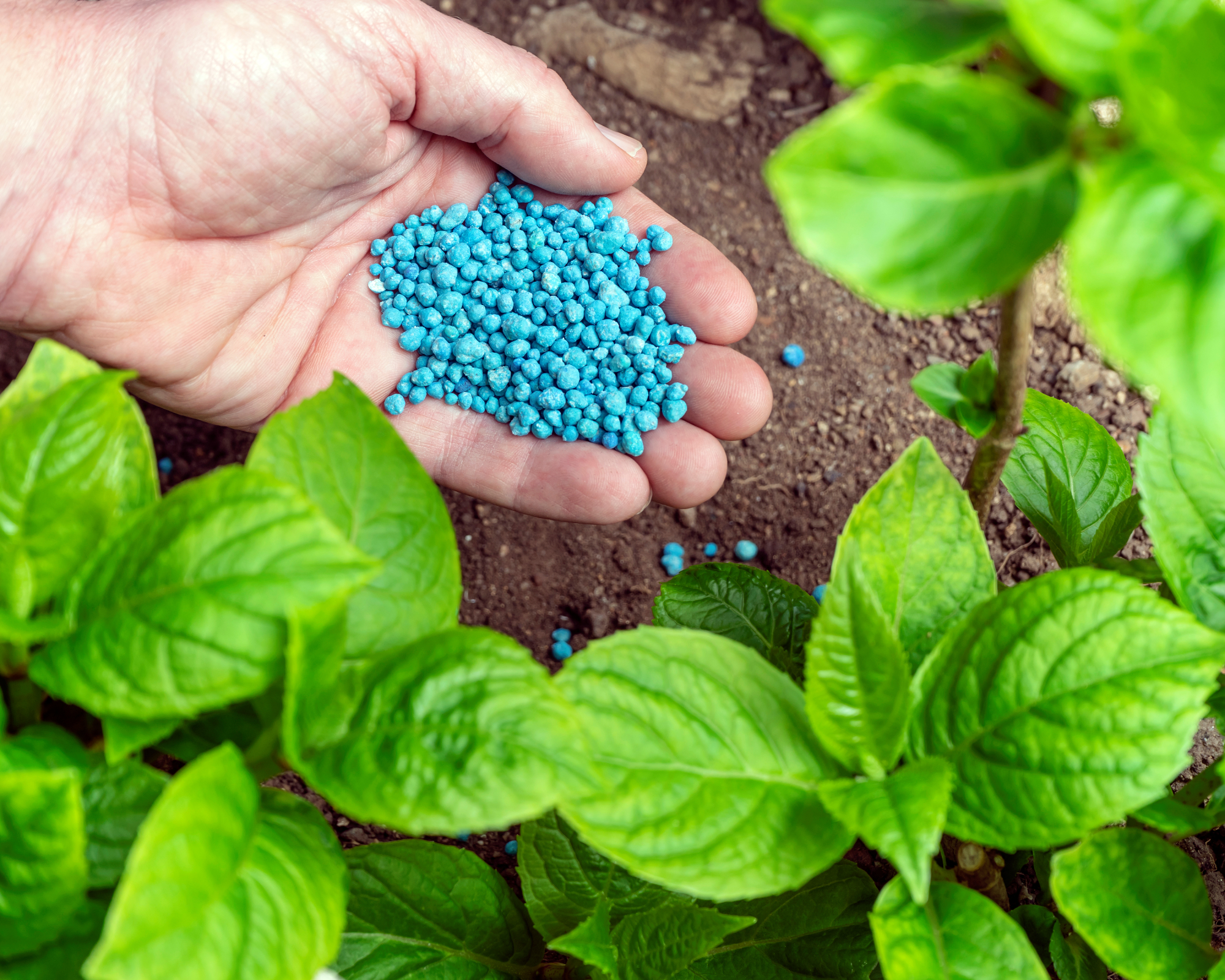
Wondering what to fertilize hydrangeas with for a more sustainable garden? Organic fertilizers work great and there are many options available at nurseries and big box stores nowadays. If you can’t find what you’re looking for, try a DIY liquid fertilizer tonic you can make from things you already have at home or in your garden.
Organic fertilizers tend to take longer to feed plants, so if you’re looking for a quick fix then a conventional chemical fertilizer is your best bet. One of the issues with conventional fertilizer, however, is that they do not feed the soil like organic fertilizers do. To ensure the best health for long-lasting plants like hydrangeas, use an organic fertilizer that will improve the soil around your plant for years to come.
When it comes to fertilizing different types of hydrangeas, the same rules generally apply to all. The only real difference is if you are trying to change the flower color. Only bigleaf hydrangeas, also known as mophead hydrangeas, and mountain hydrangeas change flower color depending on soil amendments.
Changing the Color of Your Hydrangeas With Fertilizer
Hydrangeas are famous for their color-changing blooms, which turn either pink or blue depending on the acidity of the soil. This phenomenon occurs with the common bigleaf varieties and the less common mountain hydrangeas.
Aluminum causes hydrangea flowers to become blue, and while most soil has adequate aluminum, hydrangeas cannot access it if the soil pH is too high or alkaline. Alkaline soil has a pH of 7 or above. Bigleaf hydrangeas produce blue flowers in acidic soil that has a pH around 5.5. Neutral to acidic soil produces pink flowers. A pH between 5.5 and 6.5 will result in a mix of pink and blue.
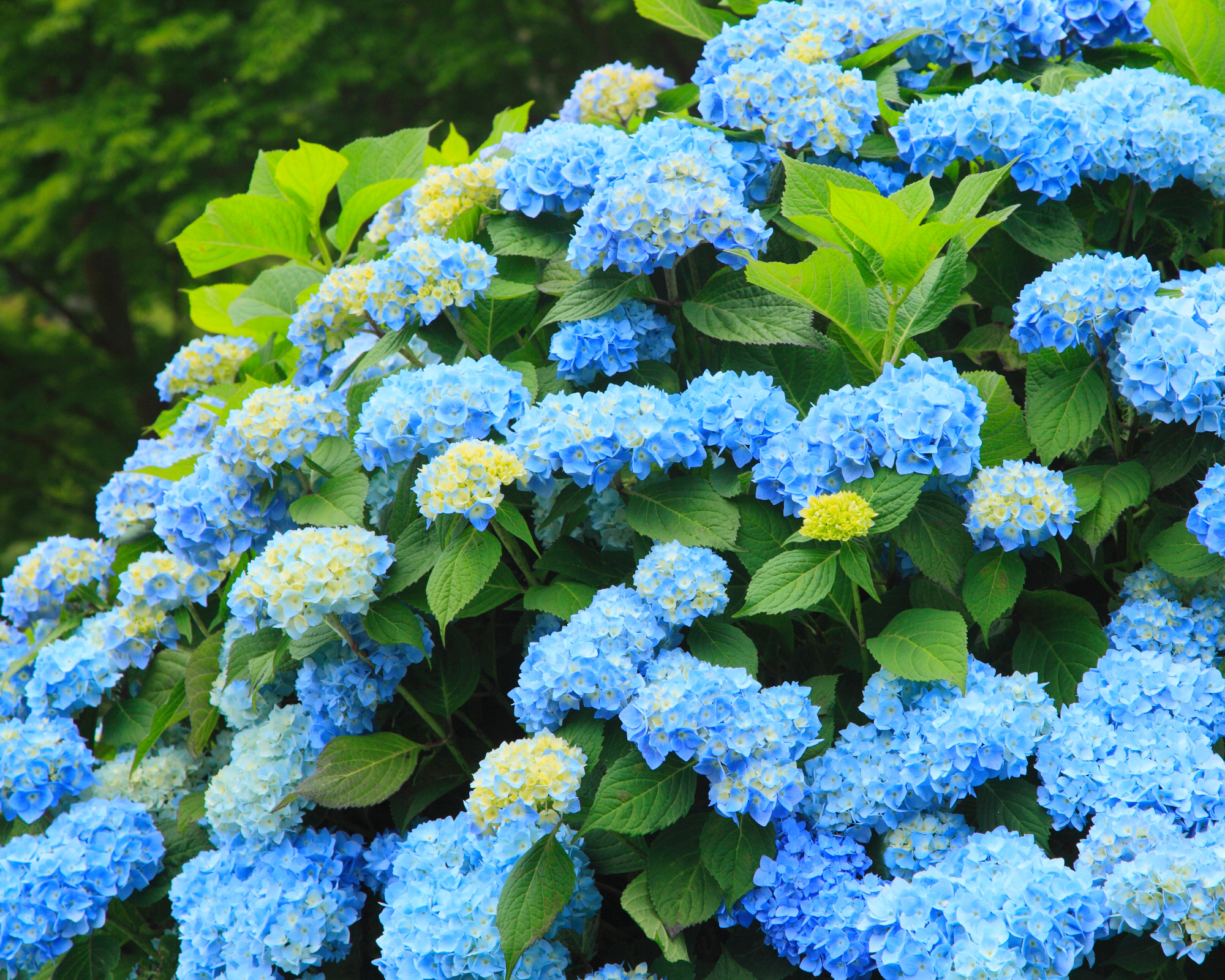
You can fertilize to change hydrangea color, but be patient, as it will take time for the flowers to change. For pink blooms, add limestone to increase alkalinity in the soil and raise the pH. For blue flowers, add sulfur to lower the pH and make the soil more acidic.
Follow the product instructions to ensure you don’t add too much and damage the plant. It’s a good idea to start with a soil pH test first to determine your starting point.
How and When To Fertilize Hydrangeas
Use a slow-release fertilizer in the soil when you first plant a hydrangea and again each spring after that. Spring is the most important time to fertilize hydrangeas. This is when they are putting out new growth and developing flowers. Young plants also need more regular fertilization as they establish roots and new growth.
If you choose to use a fast-release fertilizer, apply it in the spring as well as a few times over the summer. Though dates may vary depending on your growing zone, it’s typically recommended to fertilize hydrangeas in March, May, and July. Stop applying fertilizer around August.
How to fertilize hydrangeas is just as important as what you're using to fertilize hydrangeas. Fertilizer burn can occur when you apply too much fertilizer to a plant. Scorched looking leaves are the first sign of overfertilizing.
If you are using slow-release granules, add them to the soil around the drip line of each shrub, cover with a little soil, and water well. You can cause scorching on the plant if you use too much, apply the granules too close to the plant, or do not water adequately after application.
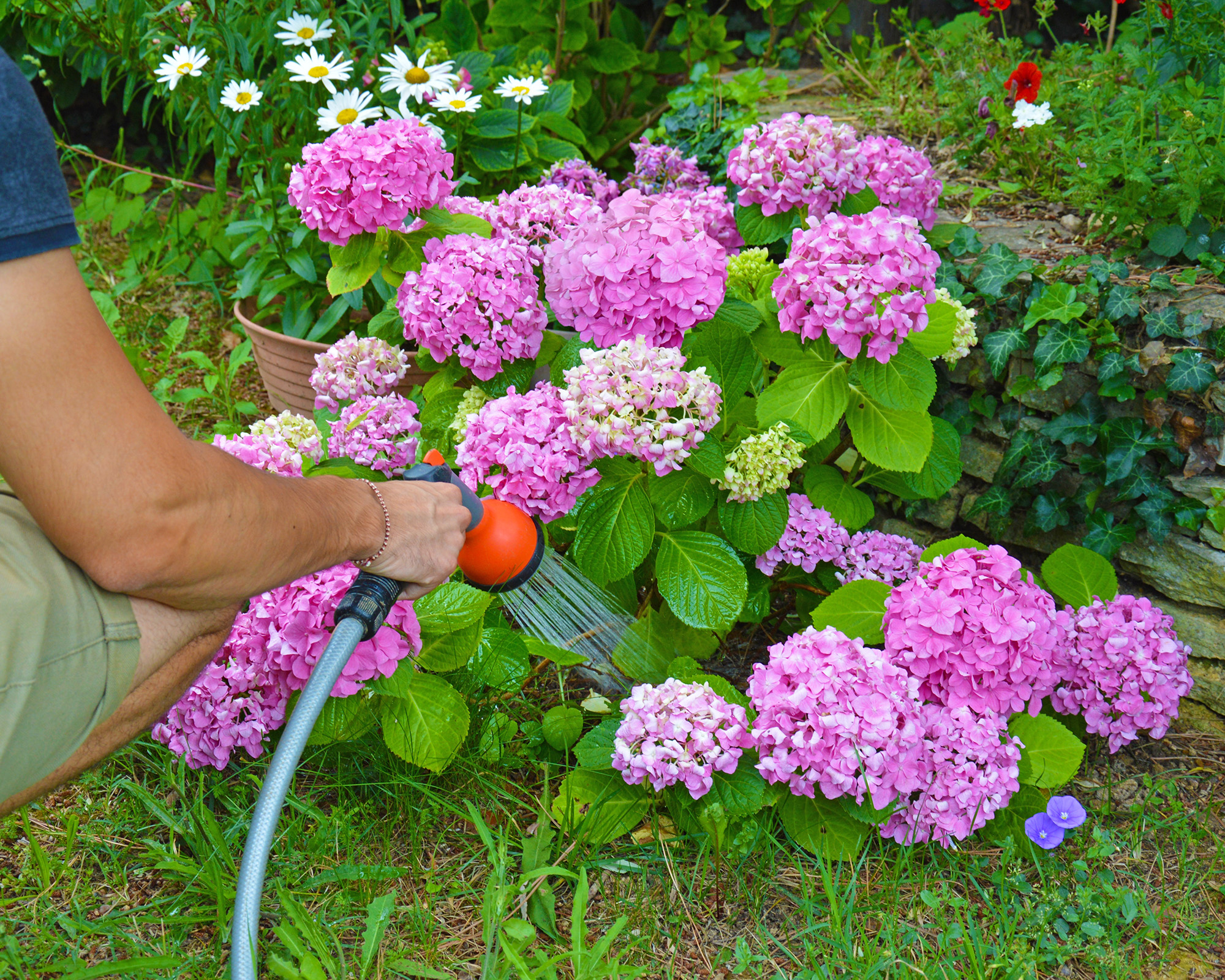
Fertilizing Hydrangea Bushes in Winter
It’s important to stop fertilizing hydrangeas around August (it could be slightly earlier or later, depending on your climate). This is when hydrangeas begin to enter dormancy for the winter. Fertilizing hydrangeas at this time would promote new tender growth that won’t survive the cold temperatures in winter.
Frequently Asked Questions
Do Hydrangeas Need Fertilizer to Bloom?
Hydrangeas do not need fertilizer to bloom. If a hydrangea is not flowering, there is typically something else wrong. One of the most common reasons for a hydrangea not blooming is improper pruning. Take time to learn how and when to prune hydrangeas the right way, so you’re not accidentally sacrificing blooms.
Are Hydrangeas Heavy Feeders?
Hydrangeas benefit from regular fertilizing, especially organic fertilizer that enriches the soil. But, in general, hydrangeas are not particularly heavy feeders and will grow fine without it.
Dig Deeper Into Hydrangeas
- No blooms on your hydrangea bushes? You may have the wrong variety for where you live. Find the best hydrangea for your growing zone to make sure your shrubs succeed.
- Find out why everyone loves 'Quick Fire' hydrangeas! And learn how to grow easy-going shrub that fits into almost any landscape.
- Florist hydrangeas are available almost everywhere, but do their blousy blooms last? Discover the truth about florist hydrangeas and why you shouldn't plant them in your garden.
- This unique native hydrangea should have a spot in every garden! Buy 'Pinky Pollen Ring' now in the Gardening Know How Shop.
This article features products available from third party vendors on the Gardening Know How Shop. Keep in mind that our plant inventory is limited—so if you’re thinking of purchasing, don’t wait!

Mary Ellen Ellis has been gardening for over 20 years. With degrees in Chemistry and Biology, Mary Ellen's specialties are flowers, native plants, and herbs.
- Laura WaltersContent Editor
-
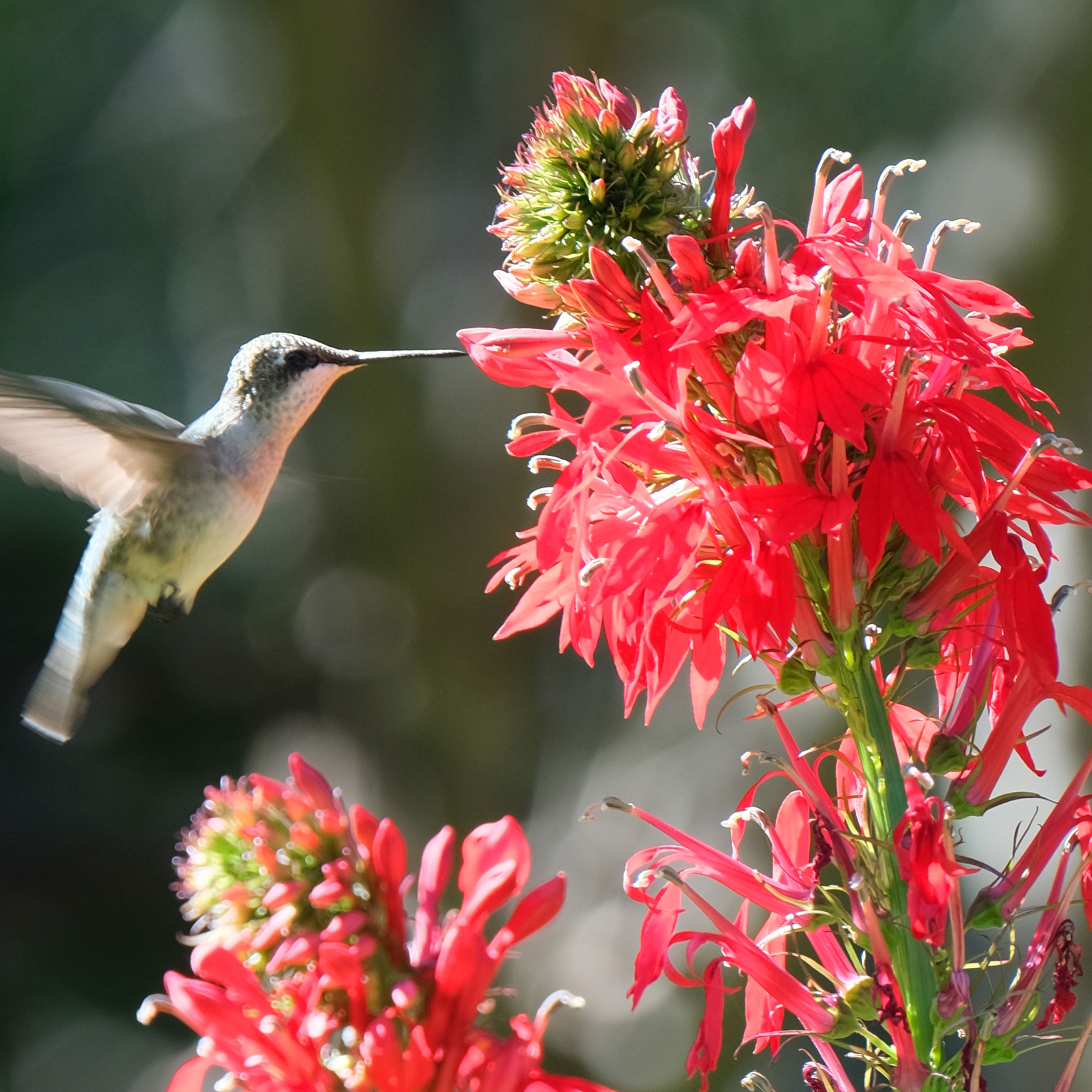 Get Ready For A Summer Of Hummers! Grow These Full Sun Hummingbird Plants and Flowers
Get Ready For A Summer Of Hummers! Grow These Full Sun Hummingbird Plants and FlowersIf you’re lucky enough to enjoy a sunny backyard, make sure you are maxing out on your pollinator opportunities and grow these full sun hummingbird plants and flowers
By Tonya Barnett
-
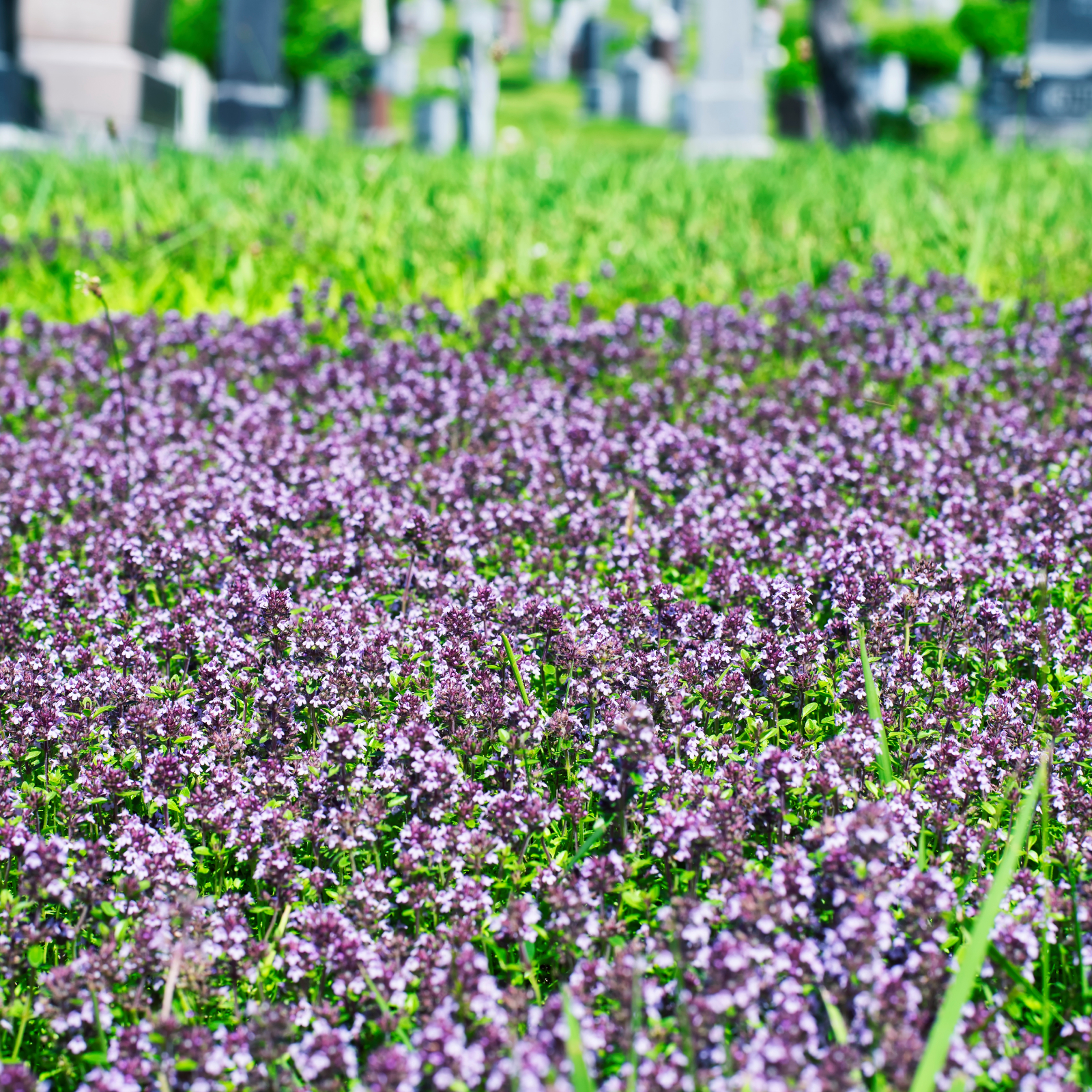 12 Lush Alternatives To A Lawn For Sustainable Spaces
12 Lush Alternatives To A Lawn For Sustainable SpacesAlternatives to a lawn are beautiful and also beneficial to your local ecosystem and its pollinators. Explore our top picks for plants to replace grass.
By Tonya Barnett
